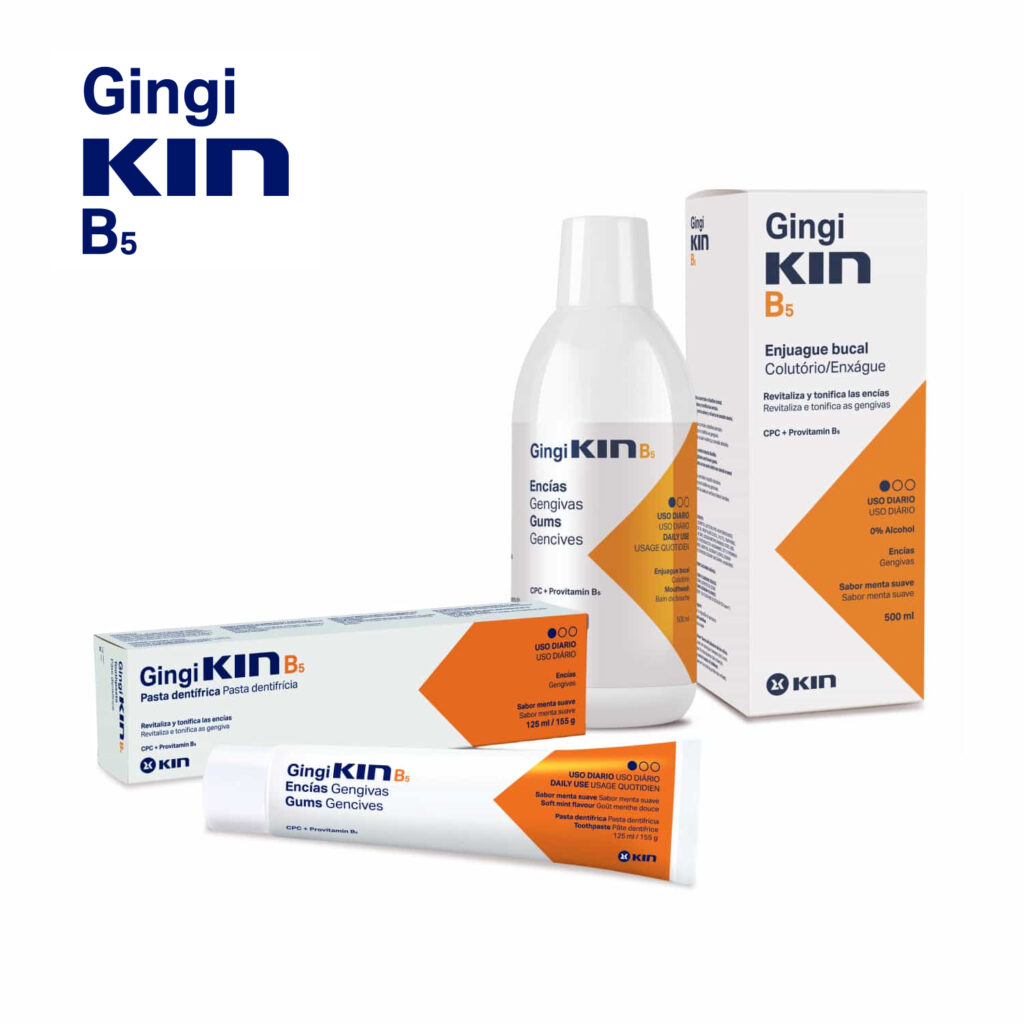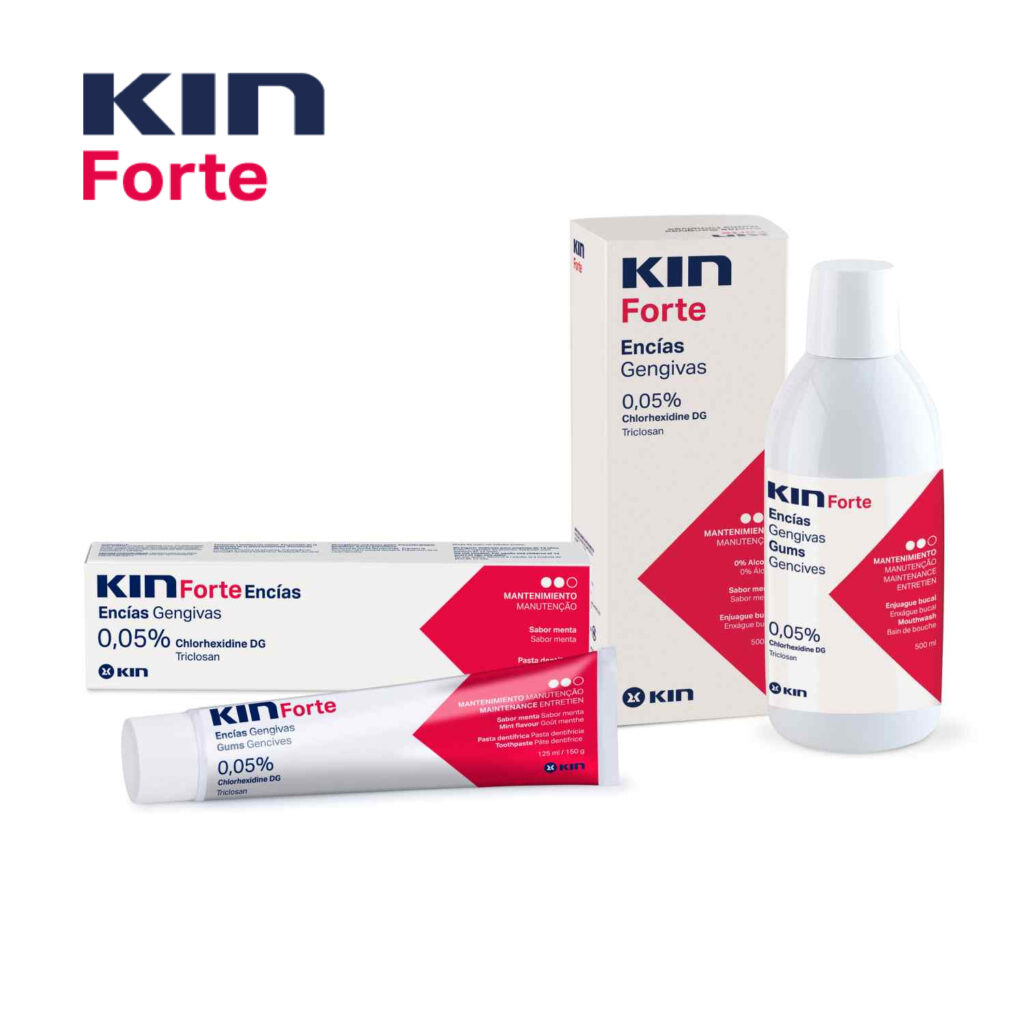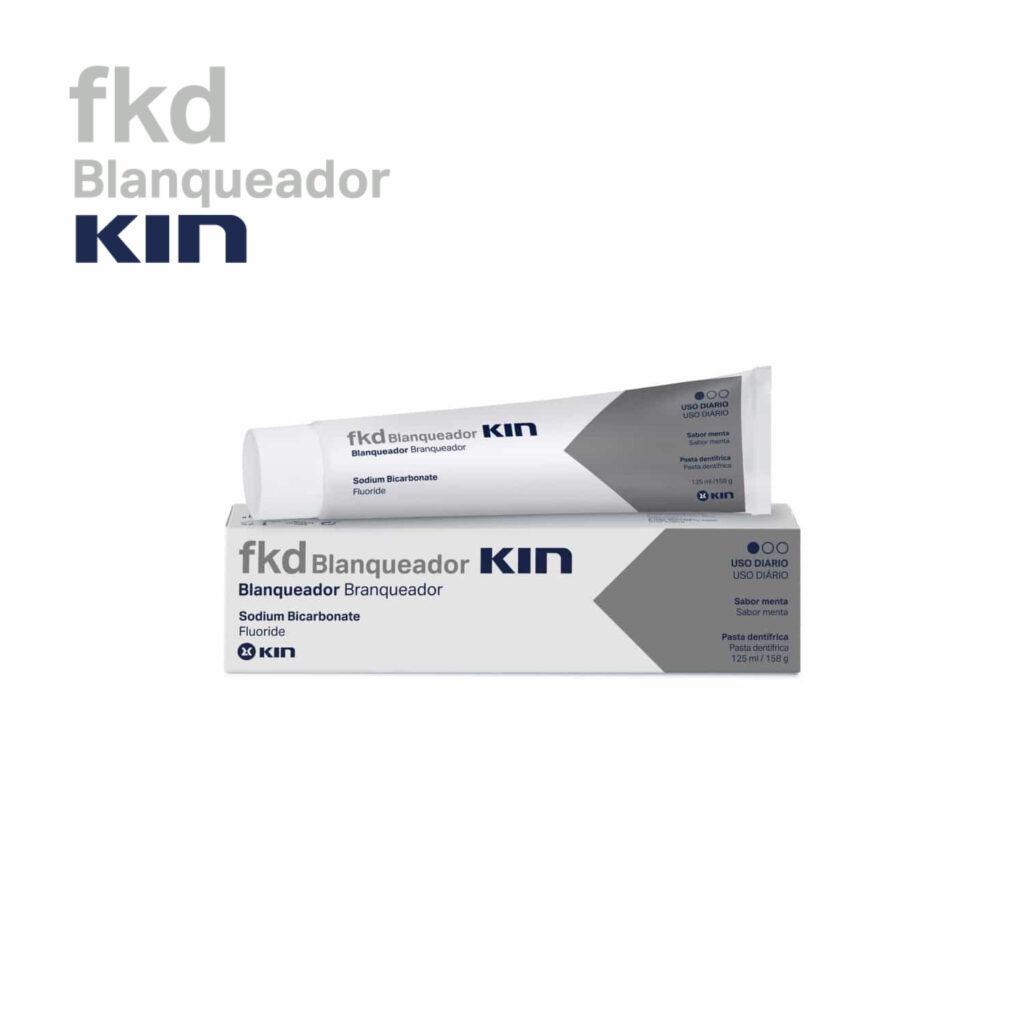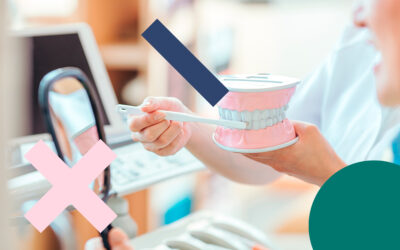The accumulation of dental tartar on gums and teeth is one of the most common oral problems among the population. It is often associated with different oral diseases such as caries or bad breath, and also affects the aesthetic level depending on the situation of each patient.
This accumulated debris hardens over time on the surface of the teeth, indicating a complete lack of hygiene or insufficient oral hygiene. Although it can be easily treated in the clinic, it is always preferable to prevent tartar formation at home by using the most suitable oral hygiene products and accessories.
What is dental tartar?
Dental tartar, also known as dental calculus, is a solid structure formed by mineral deposits on dental biofilm.
As we have already mentioned, the appearance of tartar is mainly due to insufficient oral hygiene. And although it may seem that proper oral hygiene is being carried out, the truth is that this problem is very common among the population.
It is common for dental biofilm calcification to accumulate at the edge of the gums or in interdental spaces where brushing does not reach. Not only does it affect the integrity of the teeth, but it can also alter the health of the gums, irritating them and causing bleeding and infection.
How does tartar form on teeth?
Tartar is composed of microbial debris, food residue and saliva build-up. Over time, this mixture solidifies and deposits on the teeth and around the edges of the gums.
Dental biofilm and food debris should be removed daily to prevent them from hardening. When the minerals found in saliva solidify on these residues, it is necessary to visit the dentist to remove them.
These remains may have a colouring that ranges from a whitish, yellowish tone to a brownish colour in the most severe cases. The amount can also vary, depending on the time that has passed since the beginning of its accumulation and the usual consumption and hygiene habits of each person.
What are the consequences of tartar on the health of teeth and gums?
The first negative consequence of tartar on the teeth is an aesthetic problem. Excessive tartar build-up makes the smile look duller, with yellowish stains on the teeth and gum line.
Tartar also favours the adhesion of dental biofilm. It accelerates the process of tooth decay, causing various oral health problems.
Periodontal disease
The action of bacteria that accumulate in tartar leads to infection of the gingival tissues. Initially gingivitis develops, which if not treated properly can lead to periodontitis, or another more serious gum infection.
Tooth decay
Supragingival tartar that accumulates on the surface of the teeth and gums is the main cause of dental caries. It gradually damages the tooth enamel until it reaches the dentine, advancing towards the nerve and damaging the different tissues.
Bad breath
It should also be noted that the formation of tartar on the teeth is related to problems of halitosis or bad breath. The accumulation of food debris and bacterial plaque gives off a characteristic bad smell, typical of poor oral health.
How to remove tartar from teeth?
Once tartar has hardened, the only way to remove it is by a qualified hygienist or dentist. This debris on the teeth and under the gums cannot be removed by brushing alone.
Different treatments are available to patients depending on the degree of involvement and the location of the tartar deposits:
Dental cleaning
Through professional tooth cleaning it is possible to remove calculus and tartar deposits on the tooth. Using ultrasound and sprays, the professional removes the tartar fragments without damaging the tooth surface.
Curettage
When tartar is below the gum line, the most common way to remove it is through a manual process. Also known as root planingCurettage consists of the scraping of the root surface of the affected teeth through which the tartar deposits are removed with great care so as not to damage the dental structure or the gum itself. Maintain a healthy mouth with daily care routines.
Discover our products for daily oral care

How can tartar formation be prevented?
In order to avoid having to resort to invasive treatments to remove tartar from teeth, the best recommendation is to prevent its formation. The first step is to maintain good dental hygiene, thus avoiding the formation of calculus, the accumulation of food debris and dental plaque.
- Brush your teeth properly after every meal.
- Use a toothbrush with soft or medium bristles, either manual or electric.
- Complete brushing with floss, interproximal brushes and/or mouthwashes.
- Finish by cleaning the tongue and the inside of the cheeks with a tongue scraper.
- Don't forget to visit your dentist every 6-12 months for a complete check-up.
KIN products for tartar prevention
Zinc is an element added to toothpastes and mouthwashes to help control dental plaque and prevent the formation of calculus. Considered as an anti-tartar component, Laboratorios KIN presents two oral care lines that control biofilm formation and strengthen gums.
The GingiKIN B5 daily care line combines zinc lactate and cetylpyridinium chloride (CPC) in its formulation for optimal plaque control. Both the GingiKIN B5 toothpaste and Mouthwash GingiKIN B5 as well as providing plaque protection, strengthen and tone gums, reinforce enamel and prevent tooth decay by incorporating provitamin B5 and vitamin B3, fluoride and xylitol in their formulation.
On the other hand, the KIN Forte gingival maintenance line has a triple combination of anti-plaque agents (chlorhexidine 0.05%, CPC and zinc). It also incorporates the Alpantha complex, made up of provitamin B5 (panthenol) and allantoin, to maintain healthy and strong gums. The use of KIN Forte toothpaste in combination with KIN Forte mouthwash are the perfect allies for maintaining correct oral hygiene after periodontal maintenance, after the placement of implants or fixed prostheses.
Pyrophosphate is an element that plays an important role in inhibiting the formation of calculus. This molecule prevents the precipitation of mineral ions present in the saliva into the dental plaque. The bleaching paste FKD contains in addition to pyrophosphates, micropulverized sodium bicarbonate which helps to restore the natural white of the enamel.

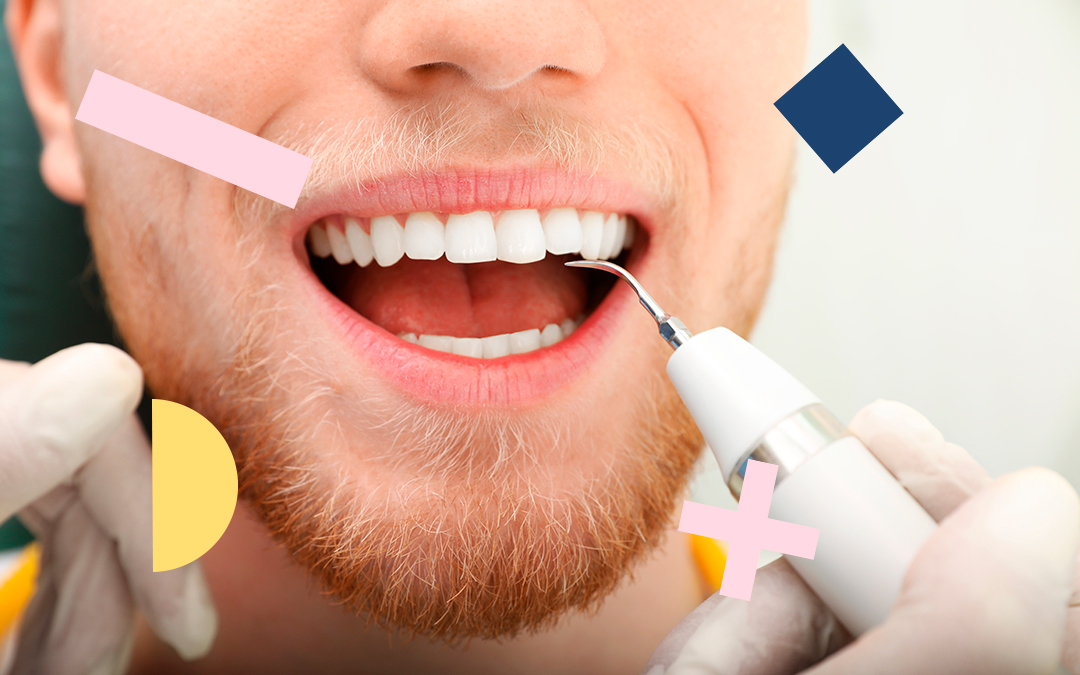
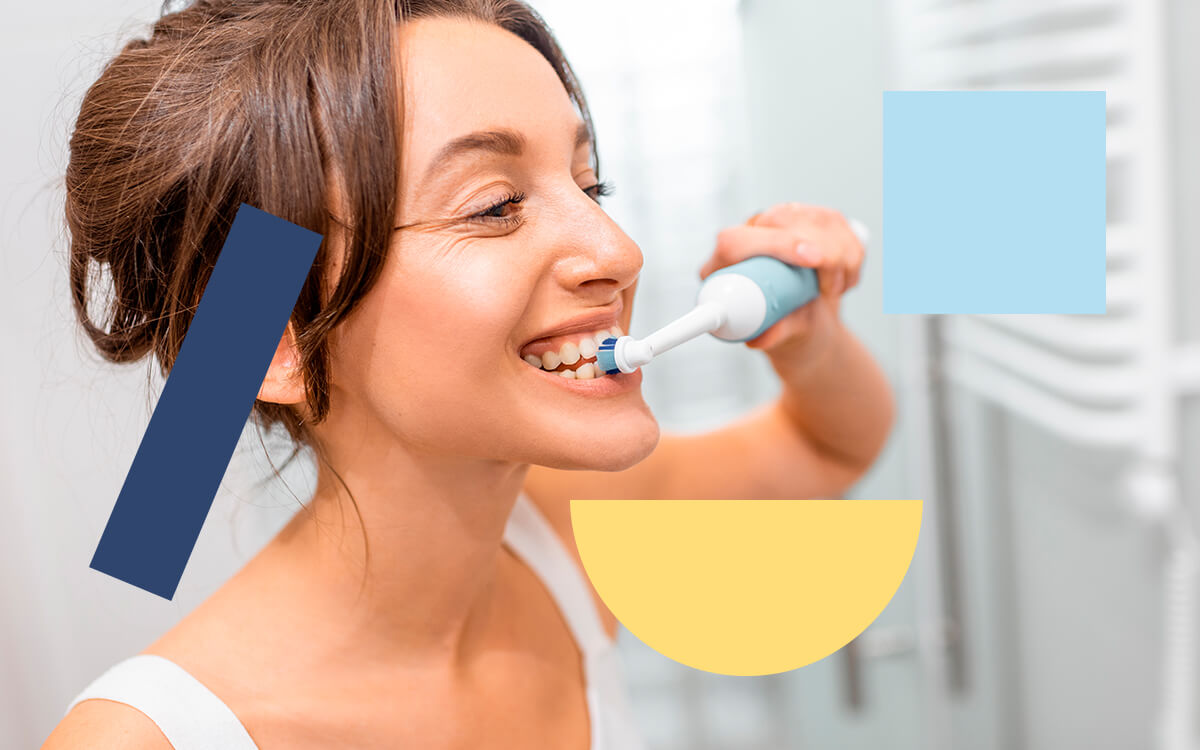 What to consider when choosing the best electric toothbrush?
What to consider when choosing the best electric toothbrush? How to relieve pain with newly placed braces?
How to relieve pain with newly placed braces? How to keep your breath fresh?
How to keep your breath fresh?